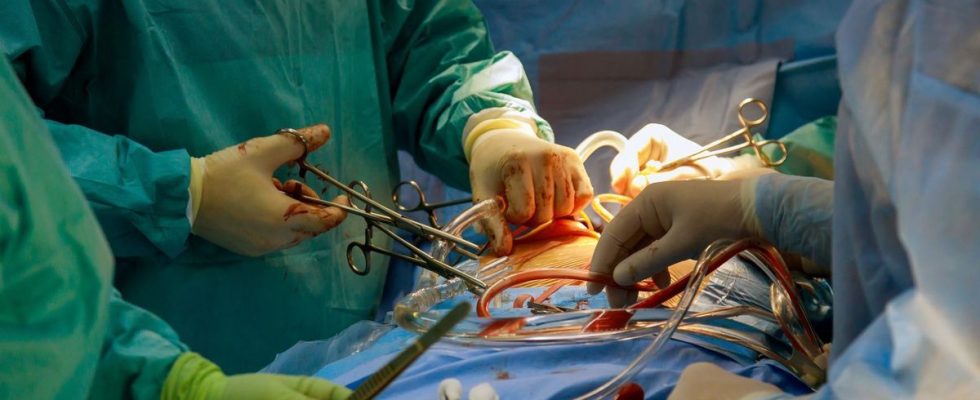Published on
Updated
Reading 2 mins.
This is a world medical first. In the United States, surgeons have managed the feat of transplanting a heart from a donor who died of cardiac death to a recipient, by making it beat again.
Organ transplants are very delicate surgeries, but surgeons still manage to perform feats. In the United States, at Stanford Hospital in California, surgeons manage to transplant a heart from a donor who has died from cardiac death, into a recipient patient.
The research team behind this gesture published an article in the journal Journal of Thoracic and Cardiovascular Surgery Techniques.
Six patients successfully operated
This very delicate operation has already been performed six times, on adult patients but also on children. To transfer the heart, the surgeons take it from a donor but instead of putting it on ice, they “plug” it into an infusion machine, circulating oxygenated blood at 37°C. By proceeding in this way, the “heart in a box”, the name given by surgeons to this technique, is then grafted into the recipient patient’s thorax, without interrupting its beating. In addition, this technique allows faster transplantation for patients and allows them to spend less time in the hospital.
A technique that makes it possible to respond to the lack of grafts
If surgeons are thinking about different ways to transplant these fragile organs without losing them, it is because on a global scale, the shortage of grafts is important and the demand always exceeds the supply.
By taking hearts from people who died of cardiac causes, this would increase the number of grafts available. “Using deceased donors after circulatory death for heart transplantation has the potential to expand the donor pool by 30% to 50%“write the researchers.
But the results in transplant recipients would be worse if the heart is stopped a second time before being transplanted. Thanks to this technique, the heart would suffer only one cardiac arrest. “Keeping the heart pumping really seems to make a difference in its strength, with less time spent on the heart-lung machine.” concludes Dr. John MacArthur, assistant professor of cardiothoracic surgery at Stanford Hospital.
